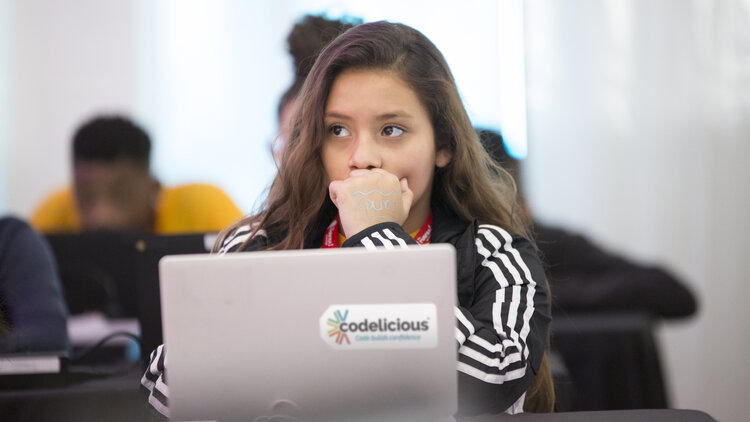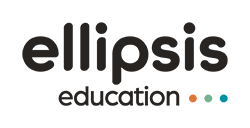
Social Emotional Learning Competencies in the Classroom
Students bring more than just their brains to school. Read more about social emotional learning and how to support SEL through computer science.
Read More
Curriculum Developer Spotlight: Megan Welk
I always had a plan for my future, and the question, “What do you want to be when you grow up?” never evoked any sense of fear. From early preschool all the way through college, I constantly chased my dream: to teach.
Read More
5 Ways to Bring Computer Science Education Week to Your Classroom
As passionate advocates of coding and all things CS, we’re excited to share ways to jump in with your students! Here are five ways to bring CS Ed Week to your classroom.
Read More
5 Ways to Assess Coding Lessons in the Classroom
Grading is an inevitable part of most educators’ days… and nights… and weekends! Here we offer some advice on how to alleviate the grading burden, give you some time back, and evaluate your students’ foundational knowledge, problem solving skills, and creativity.
Read More
Three Open Source Development Platforms To Use In Your Classroom
Access is an important consideration when developing your STEM curriculum. In an ideal world, students can explore computer science at home, at the library, or anywhere else they can log in to a computer. Here are three free platforms that are fun, interactive, and encourage your students’ continued interest in coding.
Read More
Cracking the Code to Building Confidence
At Codelicious, we believe that by exploring computer science projects that engage all learning styles to identify areas of interest and strength, elementary and middle school students increase their confidence, not only in their ability to learn computer science but also in themselves.
Read More
Title Grants in K-12 Schools | Distribution and Timing
Title funds are federal monies that are meant to supplement, not replace, existing state funding for education. There are five main types of title funds that each support specific types of programs: Title I, Title II, Title III, Title IV, and IDEA. Dive into the distribution and timing of title funds.
Read More
Title Funds in K-12 Schools
Learn more about federal grants that are meant to supplement existing state funding for education. This guide outlines each title fund (I, II, II, IV), IDEA, and ESSER, as well as the programs they support.
Read More
Spreading Innovation in Computer Science
There is a lot of opportunity to advance computer science education. Even if state standards are on the distant horizon, schools and districts starting now are at an advantage. They have a period of trial and error, and they are able to customize a program that will best fit their individual needs.
Read More
How to Incorporate Student-Centered Learning In Your Classroom
There are three main ways to create a student-centered learning environment: strong leadership, active participation, and love of learning. With these three keys to implementation, students will be ready to engage throughout their academic journey and their life.
Read More
“Trends in the State of Computer Science in U.S. K-12 Schools” Report
Even industries that traditionally have nothing to do with computer science, like health care, politics, and design, now involve using computers as a functional tool for data analysis, organization, and automation. That is why it is imperative that these skills are introduced at a young age.
Read More
Top 3 Ways You Can Use Computer Science as a Competitive Advantage
While adding one or more computer science courses may not currently be mandated by the state or local government, having a computer science curriculum in your school could be a HUGE competitive advantage for your students, your schools, and your community.
Read More